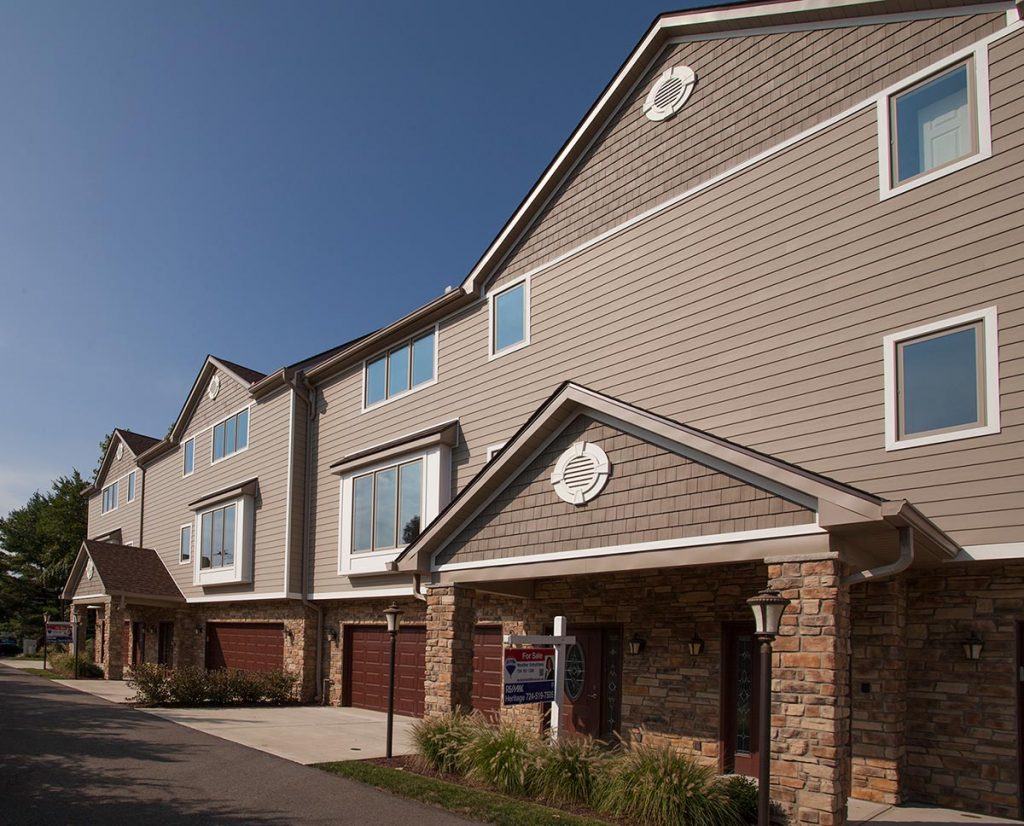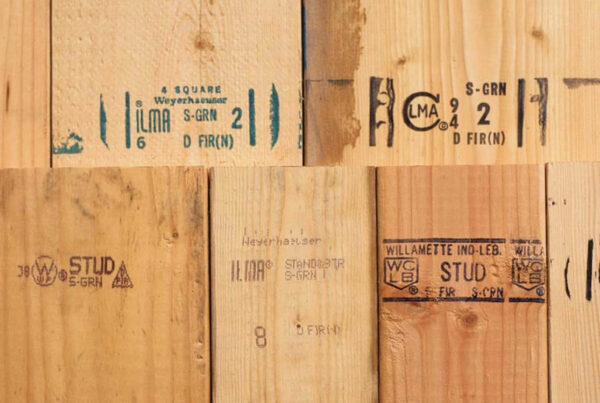Composite siding is a building material used mainly in exteriors of homes as well as other buildings. It protects the structures in the interior from damage by debris, water, and or other elements. Composite sidings come in a variety of textures, colors, and materials. All this depends on the aesthetic that you desire for your home. It is versatile and is therefore suitable for a wide range of designs and decors. This makes it one of the best siding options for many contractors and homeowners.
Traditionally, manufacturers used scrap wood like cedar and pine to manufacture composite sidings. This material was susceptible to termite and wood damage. Companies are of late upgrading to more durable measures to help reduce the issues of damage. The measures ensure the following:
- The composite siding is fade-resistant to guarantee long-lasting vibrancy.
- The cap of the siding has an impermeable layer that helps to prevent the surface of the siding from splitting. This increases its longevity.
- The boards are stain-resistant and do not undergo any damage resulting from liquid stains.
- The sidings are resistant to mildew and mold and cannot damage the boards.
- Unlike the traditional boards, the upgraded composite sidings are resistant to fire damage.
- The sidings resist damage by insects like termites, ants and bees.
- Above all, the composite decks are upgraded to relieve the stress of constant maintenance, repairs, and replacements.
Basic Concepts of Installation
Since you are now aware of composite siding and some of its qualities, let’s move to their method of installation. First of all, we need to look at the basics of installation which include:
- Ensuring that you are familiar with the the codes of your building. Try and find out in case there are any area restrictions on the use of sidings.
- Assembling all the necessary tools and materials for installation.
- Ensuring safety of yourself as well as the installation equipment installation. In this case you should get yourself the appropriate gear and and make sure the storage surface for your equipment is flat.
- Planning your layout to make sure all your materials are appropriate. Have a site plan if possible.
Composite Siding Process of Installation
- The first step begins by installing wooden or aluminum joists at the bottom of the building structure. This helps in preventing crawling up of insects.
- Installing the end trim, the joist trim, the inner corner trim and the outer corner trim. Note that the distance between the screws for these trims should be about 500mm.
- Installing the start clip.
- Installing wall cladding boards beginning from the bottom end up to the top end.
- The last step is to install the gaskets once you are done with the last cladding board at the top.
All in all, you should get yourself a composite siding today and avoid worrying yourself with the issues associated with other types of sidings. Everlast composite siding is the best in the market and it offers the best quality above any other siding material. Sherwood Lumber offers you all that you may need including the advices on installation.











